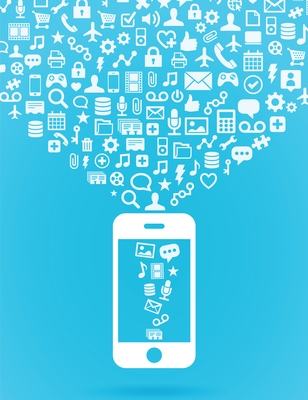
Psychological researchers say 40 percent of UK office workers admit to nervousness when using it.
And serious therapies exist to reduce the onset and existence of telephobia.
Yup, you got it: The fear of the phone.
It’s not a yesterday statistic (the survey we cite was conducted in 2013). Nor is it limited to 18 to 24ers who are, in large part, tied to texting and emailing. Rather, many employees these days (94 percent according to the study) simply prefer email over any other communication channel.
Why? Let us list the ways telephone talk is shunned:
- It can be intrusive
- Playing phone tag is annoying
- We can’t read what someone’s really thinking
- It’s time consuming (retrieving and listening to messages)
- The caller rambles
- It’s too much of an expectation (to return calls)
- It’s rude … and an imposition.
Seriously? We’re sad. Friends and family aside, a telephone call – like snail mail – can brighten our day. A real-time exchange, even one that’s sudden, allows us to find out what’s going on, without reading between the e-lines. It gives us permission to simply listen, to emote, to interact with colleagues, vendors, peers, managers, and leaders. At our best, we can be comfortable and confident, and bring clarity to a conversation that, yes, might have rambled.
What would Alexander Graham Bell say? “To ask the value of speech is like asking the value of life.”



